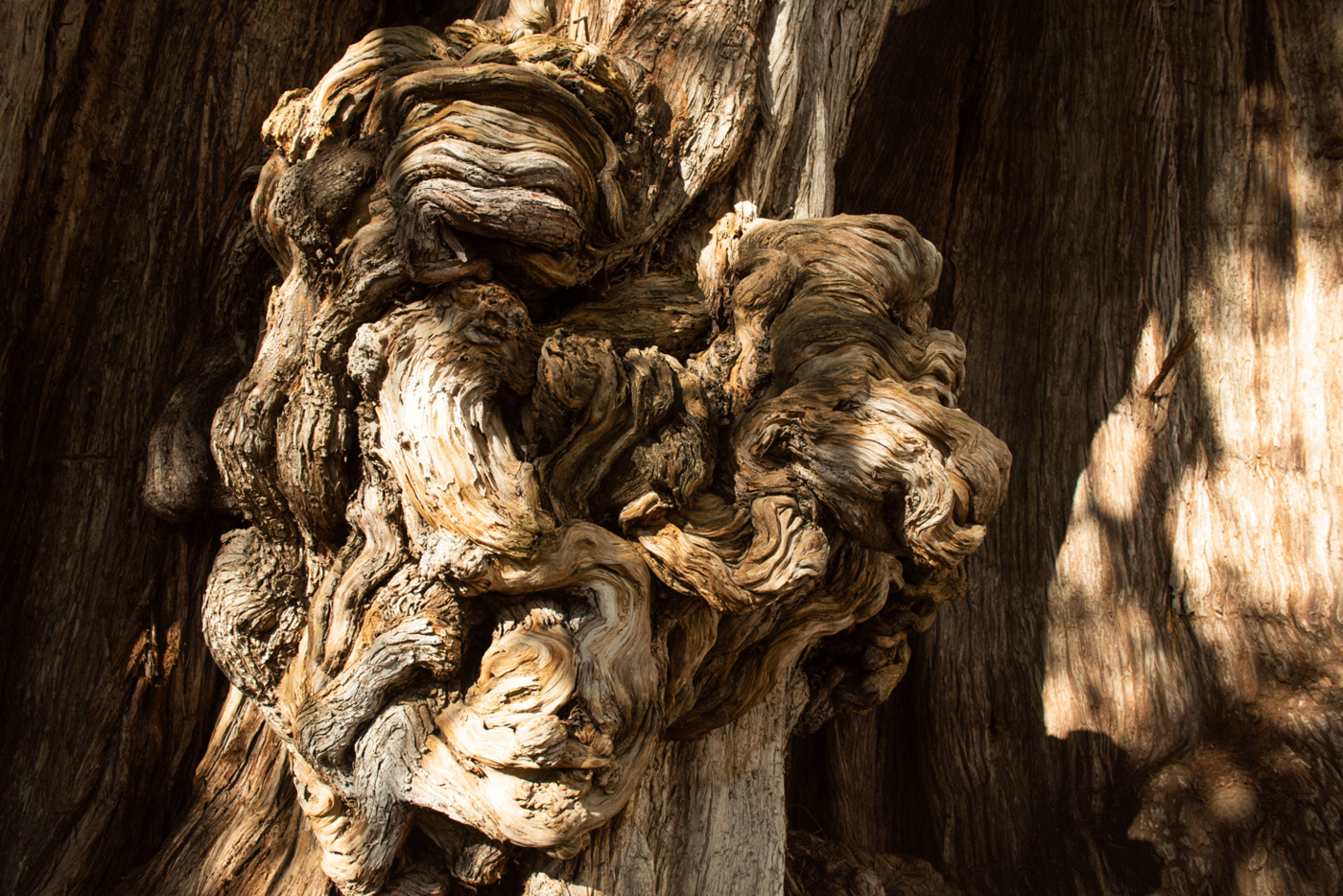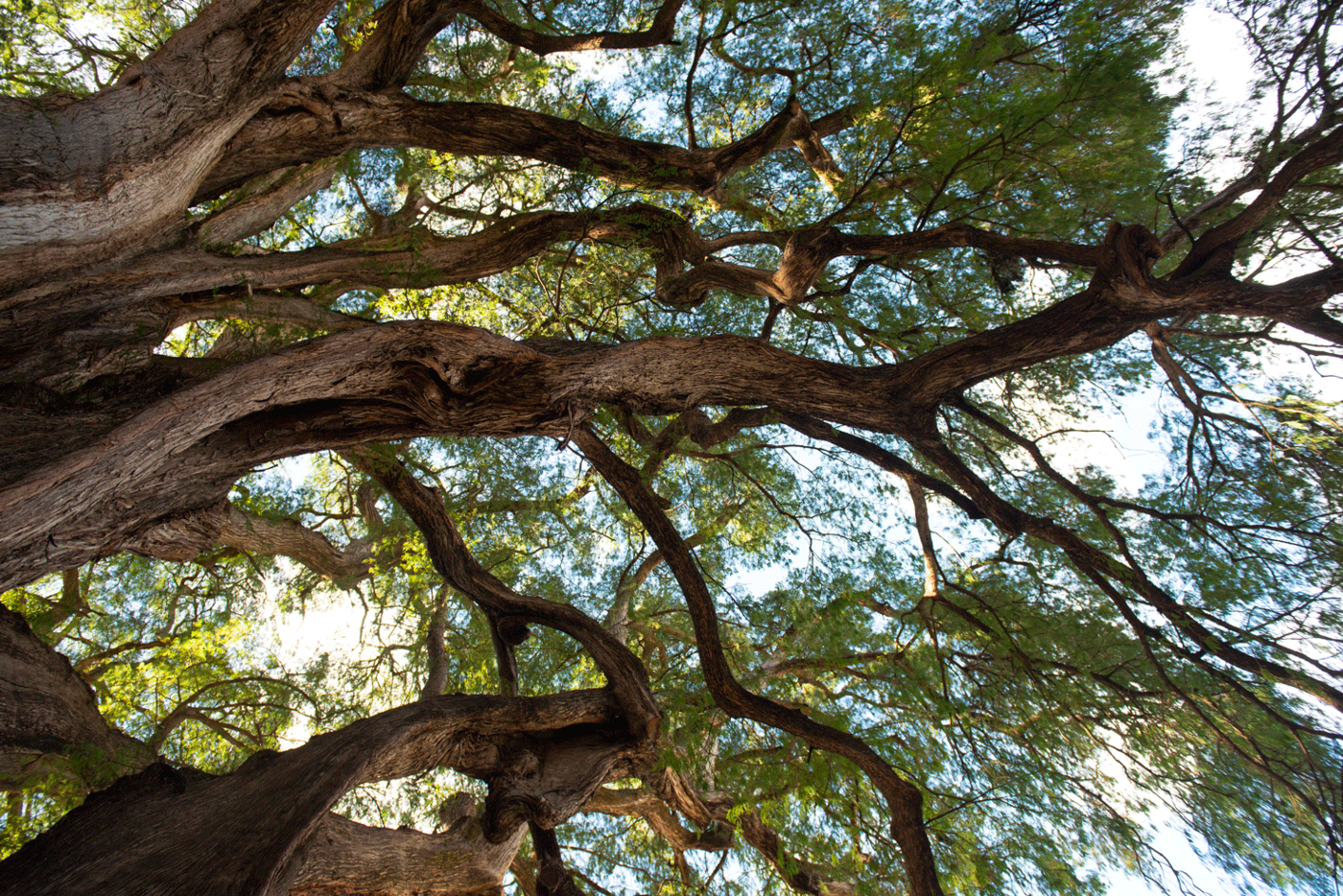
TREE
STORIES
With Luis Knapp
TULE TREE
Luis Knapp visits Santa María del Tule, Oaxaca, Mexico, where one of the longest-lived and most majestic trees in the world, the Tule tree, is found.

TREE
STORIES
With Luis Knapp
TULE TREE
Luis Knapp visits Santa María del Tule, Oaxaca, Mexico, where one of the longest-lived and most majestic trees in the world, the Tule tree, is found.
Tree Stories Episodes:


Tree Stories Episodes:
